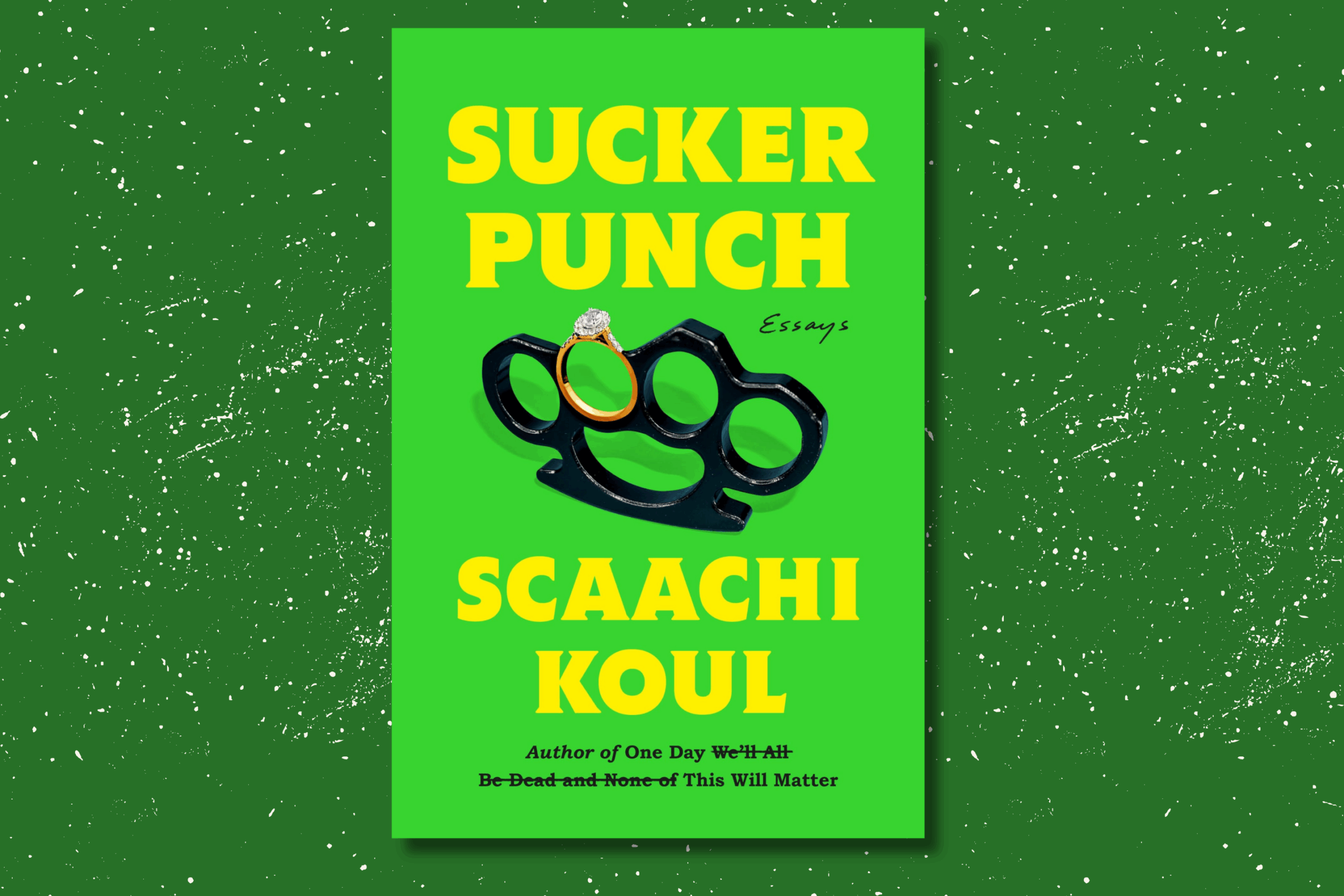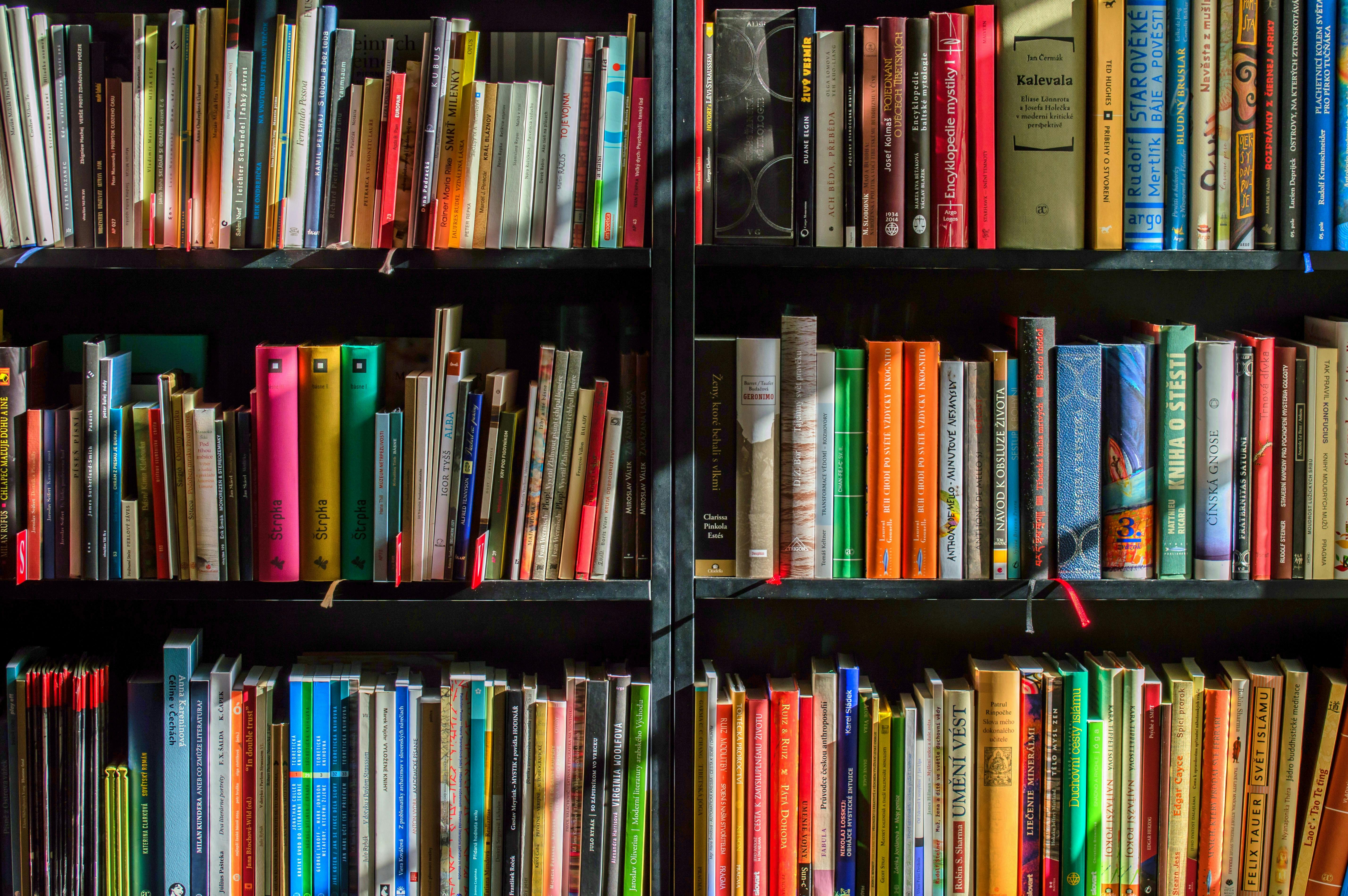Independent writers and journalists seek platforms like Substack to replace more traditional forms of media and publishing.

By Julian Sharma
Substack, a platform designed for independent writers and journalists to self publish their work, has increased in popularity in recent years. Writers create newsletters that audiences can subscribe to, receiving emails every time a new article is published. Substack exists as an alternative to the competitive publishing industry that many writers have to contend with.
However, what is it about Substack in particular that is drawing so much attention? People have been self publishing through Amazon for years, they have been writing blogs and creating websites all by themselves, yet somehow Substack emerges as the hotspot for established journalists and burgeoning writers alike.
Dana Chinn, a professor of Journalism at the University of Southern California, believes that Substack’s method of delivering content is what drives its success.
“The key to Substack, it’s really, sending out an email newsletter out to your subscribers for your page and then linking them back to whatever platform you’re on,” said Chinn.
She explained that the combination of the content on Substack and the way readers can access it are what makes it such an effective form of communication.
“The world really revolves around niches and microniches.”
Anyone can make a Substack about any topic they want and anybody can choose to read it.
Maalvika Bhat is an influencer and Northwestern PhD student studying computer science and communication who started her Substack, learning-loving & meaning-making, after insistence from her fans and reading a few newsletters herself. She says that she wanted to carve out a space for herself and people who think like her on the internet.
Substack gave her the platform to share her thoughts and knowledge through writing, as well as the ability to choose what she writes about, when she writes it and how it’s shared.
“For me, it kind of democratizes journalism, where it’s not like a tweet, you still have to write, you have to put in thought and you need to be pretty intentional with the words you choose and I love long form content so it’s pretty intentional in that way.”
Writers are nothing without their readers and for creatives looking to break free from traditional publishing routes and build a following on their own, that is especially true. On Substack, both readers and writers find value in being separate from corporate publications.
Sarah Beaton, a Douglas College student studying creative writing, has subscribed to a few Substack newsletters, and finds she prefers to read articles on Substack as opposed to traditional media, like a magazine or newspaper.
“I think it’s more personal than if it was just an article, because, you know, this is like someone’s personal account.”
Not only are people looking to Substack for more personalized content, but also for the safe space it provides them to share their work. Bhat brings up the fact that Substack and platforms similar to it, give people opportunities that they might not have had beforehand in mainstream media.
“Now, I scroll through Substack and I see like, hundreds of women of colour. How cool is that?”
Amal Kiswani, the writer of the newsletter With Love, Amal, feels similarly about hearing from different voices than solely the ones present in the largest magazines or newspapers.
“The algorithm on Substack is very interesting and it’s not like a publication or a magazine where there’s people deciding who gets read and who gets to be involved in this issue or this piece.”
Sometimes, though, the people deciding who gets read and who gets to be involved is what makes the journalism good.
“To be totally frank, there are a lot of people on Substack who have left large news organizations and their work has not been as good,” said Chinn. .
With all the different kinds of writers on Substack, whether good or bad, developing an audience who will listen to you and understand what you’re trying to communicate is of the utmost importance.
Starting a Substack while already having a following on TikTok gave Bhat a headstart on that audience. She believes her audience on Substack is more willing to give her the benefit of the doubt. They see her make mistakes and continue to support her anyway, because they know she’s capable of learning and growing, which helps her feel more open to tackling difficult subject matters.
“I do think that people who read more, are on Substack more, are just deeper thinkers, they’re smarter, they allow me room to explore more complex ideas,” said Bhat.
Kiswani experiences some of the same connectedness with her audience. Throughout her time writing her newsletter, she’s formed friendships with other writers and with the readers of her pieces.
“I’ve grown much more confident in my writing because I see people actually being interested in it and actually relating it to their daily lives and it makes you feel less alone.”
Beaton believes that the relationship between writers and readers on Substack is more meaningful and authentic. “It actually feels like real people,” she said.
The notions of community building and making friends are one thing, but they’re not all that makes Substack interesting.
Chinn suggests that the most important aspect to consider when looking at Substack is the monetization.
“Are people making money off the content and is Substack contributing to that?”
David Gauntlett, the Canada Research Chair at The Creative School at Toronto Metropolitan University, says that the monetization is what makes Substack unique compared to other forms of digital media that have been introduced over the past five years.
The problem with writers looking to make money off Substack is the fact that everybody else is trying to do the exact same thing. There are thousands of people posting on Substack looking to share their opinions, while also making money off of it, which means that not all of them will be able to succeed in making good money, Gauntlett pointed out.
“Maybe the appetite for journalism is enough to support a certain amount of things, but it’s not enough to support thousands of people wanting to post their stuff online,” said Gauntlett.
But are writers always considering money making when they venture into Substack?
The truth is, not really.
For Bhat, the decision to start monetizing her content came from a request to do more personal posts.
“I thought, oh I would love to do that, but I don’t really want that to be available to everyone so maybe I’ll add a paywall.”
Her paywalled posts aren’t strategic, nor are they designed to get her more paid subscribers. She knows some posts have to be turned into paid-only because she has people paying monthly to get exclusive content. Sometimes she chooses at random and sometimes it’s a more personal post.
Kiswani never felt entirely comfortable writing paywalled articles and once she started posting them, it didn’t change the way she approached her newsletter. She paywalled more personal posts and remains grateful to the subscribers that choose to pay for her writing, but she doesn’t expect anything.
“It is super cool, but I don’t treat it as something that I actively work on. I don’t post a piece like I want this to gain me some paid subscriptions.”
Narrowing her audience down to only people who are able to pay for her writing is difficult for Kiswani. She recognizes that being compensated for her work is not a bad thing, but she is also aware of the fact that compensation isn’t possible for everyone — not being able to pay her does not mean they are not a big fan.
“I really want money, but I also want my writing to be accessible.”
So maybe it isn’t money or fame that draws people to Substack. Maybe it’s just the idea of constructing a space that gives people a chance to share their thoughts, meet other writers and find a safe haven away from the repetitive content of other social media like TikTok or Instagram.
Although, Kiswani points out, the distinction between Substack and other social media is becoming more and more blurred.
“I think it’s turning more algorithmic and social media-esque. I hope it doesn’t change too much.”
The future of Substack remains unknown.
Chinn says that communication and media evolves as the world continues to evolve, but predicting trends is difficult at a time when everything is changing at a rapid pace.
For now, Substack exists as solace from what can be a very overwhelming world — a place to meet writers and relate to more people — and Kiswani hopes it will stay that way.
“I’ve always written to connect with people and I’ve never found that until I found Substack,” said Kiswani.





Leave a Reply